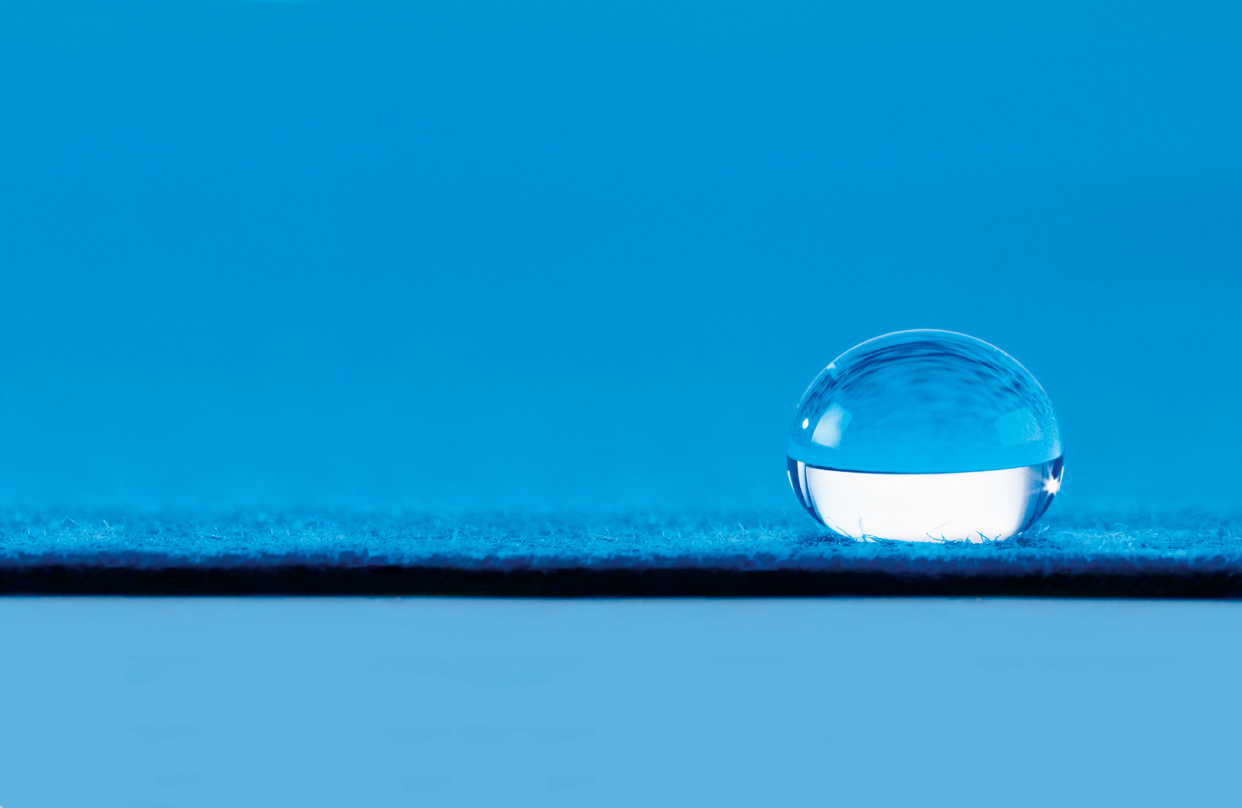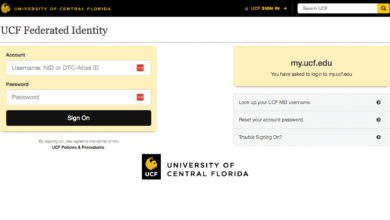The Low-Down on Hydrophobic Coatings
Although there has been some excitement about hydrophobic coatings, there are some people who are still confused as to whether it is a spray-can coating or a plasma application. While a spray-can might sound quick and convenient, there are specific reasons why plasma is the way to go. The following explanation should clear up the confusion and help consumers understand how hydrophobic coatings work, why it’s not effective as a spray, how it is applied, and where it should be used.
How It Works
According to Nano Coating Company Drywired, when a hydrophobic coating is applied to any surface, there is a layer created that repels water and other types of liquid materials. The water will actually bead into droplets and roll right off the surface. This is mostly due to the fact that the coating creates a low surface energy, which has that effect on water and other liquids.
Why Spray Is Not a Good Option
When it comes to a spray-can coating and a plasma coating, there are some real obvious differences. The first is the layering size. Spray-can coatings put out a layer that is seen by the naked eye. In fact, it is microns thick. A plasma hydrophobic coating will go on much thinner, while also offering more of a barrier between the surface and the liquid. Not only does this offer more protection, but offers more durability as well.
Durability is another difference between a spray-can coating and a plasma application. Plasma coatings do not cause damage to the surface, while spray coatings could cause a white substance to form. Additionally, discoloration has been known to happen, and someone could actually feel the waxy substance with their finger. Plasma technology is also more beneficial as it will not alter a device’s thermal properties in any way. What this means for technology is that smartphones, tablets, and other devices will not overheat with the coating. Because of how thick the spray-can coating is, it could put those devices in danger of overheating.
How It Is Applied
If the plasma coating is not applied with a spray can, then how is it applied? With a simple process involving three steps, plasma enhanced vapor deposition takes place.
- A chamber that contains very low pressure holds the item that is going to be coated.
- The device’s surface is activated by plasma, which readies the device to bond to a vapor monomer.
- A nano-coating layer is applied to the product with plasma polymer and monomers. The chamber is then opened so that the product can be removed.
With this three-step process, the plasma coating is more durable. The vacuum chamber ensures that every little space has vapor applied, as it will reach every last spot that the air can reach. This allows for strength on every portion of the device, without any weak spots. This also prevents damage due to corrosion or moisture. Additionally, the coating is actually bonded to the product chemically, rather than just sitting on the surface. This keeps it from rubbing off at any time.
What It Is Used On
A plasma coating can be used on a variety of technological products. This includes smartphones, tablets, headsets, and other similar devices. Basically, anything in the technological world that needs to perform at a high standard can benefit from a plasma hydrophobic coating.





